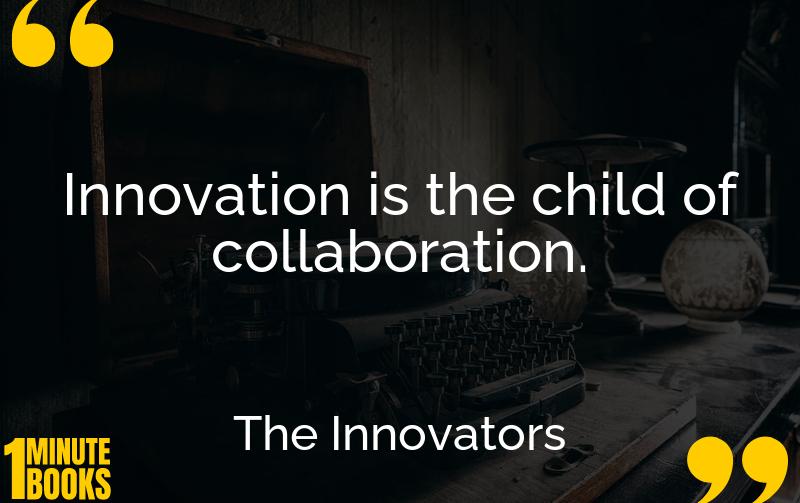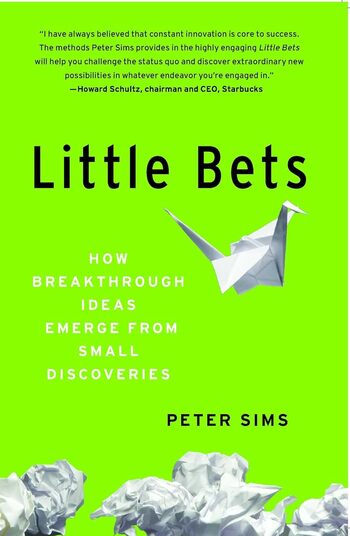
Walter Isaacson’s ‘The Innovators’ explores how collaborative efforts, rather than lone genius, fueled the digital revolution. From Ada Lovelace to modern tech visionaries, breakthroughs were borne from teamwork and shared ideas.
Main Lessons
- Innovation thrives on collaboration, not solitary genius.
- Ada Lovelace envisioned computers beyond calculations with poetic mathematics.
- Modern computing arose from decades of inspiration and teamwork.
- Programming transformed computers into versatile machines with limitless potential.
- Transistors made computing accessible and essential in daily life.
- Jack Kilby and Robert Noyes independently invented the microchip, revolutionizing tech.
- The personal computer revolution emerged from counterculture and tech enthusiasts.
- Video games influenced the development of interactive, user-friendly personal computers.
- Competition among software producers drives ongoing improvements.
- The internet’s creation involved a partnership between military, academia, and industry.
- Government policies enabled public access to the internet, sparking an innovation boom.
- Tim Berners-Lee’s World Wide Web made the internet navigable and accessible.
- The digital age is the result of countless historical collaborative efforts.








